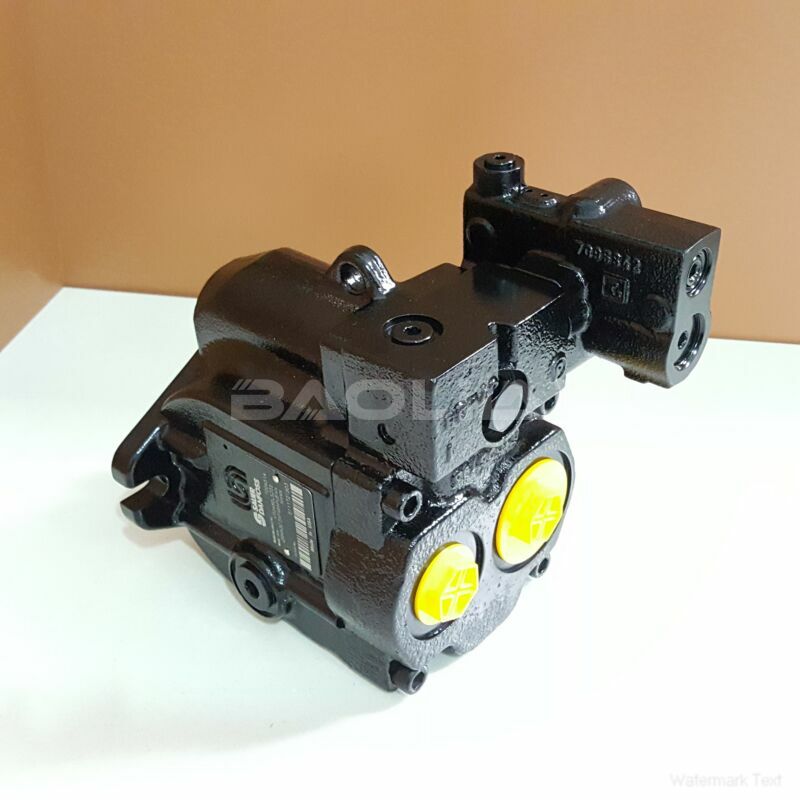KRL038CLB1212NNN3C3AGA6NPLBNNNNNN danfoss pump
KRL038CLB1212NNN3C3AGA6NPLBNNNNNN danfoss pump

- Product Details
- Applicable Scene
In today’s fast-paced industrial landscape, the integration of the Internet of Things (IoT) into heavy machinery is transforming the way equipment is monitored, managed, and maintained. Sauer Danfoss, a prominent name in hydraulic solutions, has been at the forefront of this technological evolution by incorporating IoT capabilities into its hydraulic pumps. This integration not only enhances operational efficiency but also ensures real-time performance monitoring, leading to significant advancements in productivity and maintenance strategies.
KR-L-038C-LB-12-12-NN-N-3-C3AG-A6N-PLB-NNN-NNN
KRL038CLB1212NNN3C3AGA6NPLBNNNNNN
One of the key benefits of integrating IoT into Sauer Danfoss hydraulic pumps is the ability to gather and analyze real-time data. Sensors embedded within the pumps collect vital performance metrics such as pressure, temperature, flow rates, and operational hours. This data is transmitted to central systems through wireless connectivity, allowing operators to monitor pump performance remotely. With a comprehensive overview of equipment status at their fingertips, maintenance teams can quickly identify abnormalities or inefficiencies, minimizing downtime and extending the life of the equipment.

7004669S
Moreover, the IoT integration enables predictive maintenance strategies. By leveraging advanced data analytics and machine learning algorithms, Sauer Danfoss can analyze historical performance data to predict potential failures before they occur. This proactive approach allows maintenance tasks to be scheduled based on actual pump performance and wear patterns rather than adhering to traditional time-based schedules. As a result, the risk of unexpected breakdowns is significantly reduced, leading to enhanced operational reliability and lower maintenance costs.
The real-time monitoring capabilities offered by IoT also enhance the decision-making processes for operators. With accurate, up-to-date information on the performance of hydraulic pumps, managers can make informed decisions regarding resource allocation, operational adjustments, and overall system optimization. This responsiveness is crucial in competitive industries where efficiency and productivity directly impact profitability.





